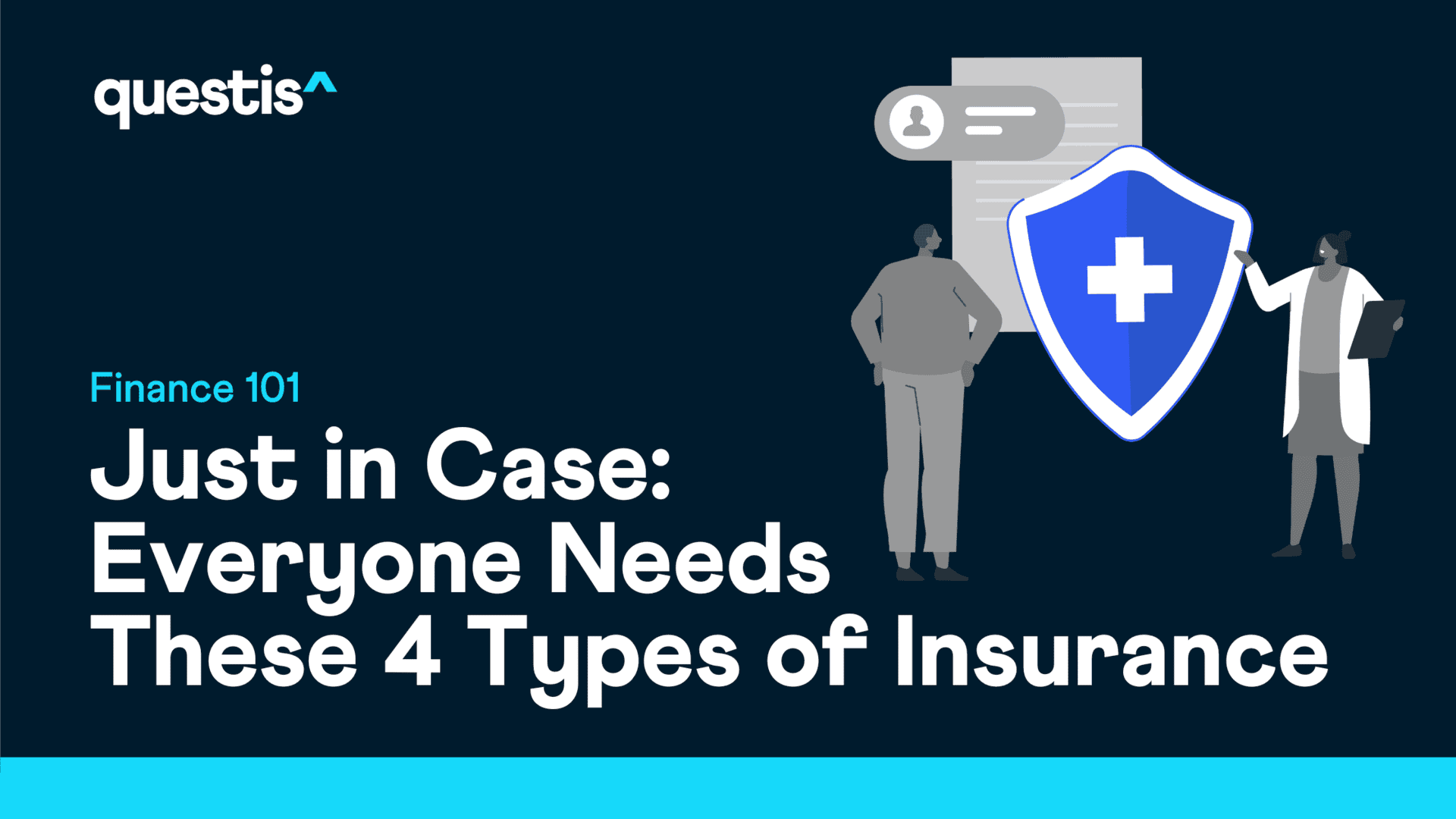Life has a way of throwing a curveball when we least expect it. But insurance can help protect us from the financial consequences of many types of disasters. With so many choices, though, it can be difficult to determine what insurance you really need. That depends on your specific situation—your age, marital status, lifestyle, children, and your current benefits package from your employment can all influence the type and amount of coverage you need.
There are, however, four different kinds of insurance that most financial experts recommend that everyone should have: life, health, auto, and long-term disability. Each one protects a specific area of your life and can help assure a brighter financial future.
Health Insurance
Everyone should have health insurance, and it is by far the most popular employee benefit. Even a high deductible health care plan (HDHP) can provide financial protection from a catastrophic illness or accident. Pair your HDHP with a health savings account (HSA), which offers a triple tax advantage–the money you contribute goes in tax-free, grows tax-free over time, and is still tax-free when you withdraw it for allowable healthcare expenses. Older employees may want to run the numbers to see if remaining on their employer-provided plan is less expensive than claiming their Medicare benefit.
Life Insurance
The primary reason for having life insurance is to provide financial stability for those you leave behind. This is critical if you have a family who depends on your salary to pay the bills. Most experts recommend that a life insurance policy should cover roughly 10 times your annual income. That amount would provide a sufficient cushion for your family to take the necessary time to adjust to their new financial situation.
When estimating the amount of coverage you need, remember to factor in current mortgage payments and living expenses such as loans, credit cards and taxes, child care, and future college costs.
The two basic types of life insurance are whole life and term life. Both pay a benefit upon the death of the person insured, but differ in some important ways. A whole-life policy is guaranteed to remain in force for the insured’s entire lifetime, provided the required premiums are paid, and the policy also accumulates a cash value. A term life policy provides coverage for a set period of time and does not accumulate a cash value; for that reason it is generally less expensive. In deciding between these two, consumers should consult a professional, and consider their age, occupation, number of dependent children and other factors to ensure they have the coverage necessary to protect their families.
Long-Term Disability Coverage
This is one of the most important types of insurance, especially for younger workers who have ongoing monthly expenses such as a mortgage, student loans, or credit card debt. While most of us assume we will always be healthy and able to work, according to the Social Security Administration, 3 out of 10 employees entering the workforce will become disabled and unable to work before they reach retirement age. Disability insurance protects your income during your working years should you become disabled. While health insurance pays for your hospitalization and medical bills, disability insurance provides the cash to pay monthly expenses normally covered by your paycheck.
Many employers offer both short-term and long-term group disability coverage as part of their benefits package, and that is a good option for securing affordable disability coverage. A policy that guarantees income replacement is the optimal policy but is likely to be more expensive. It’s more common to see policies that provide replacement of 50 to 60% of your income. The cost of disability insurance is based on many factors, including age, lifestyle and health. It’s a small price to pay if you are faced with a devastating illness or injury, and another good reason to have an emergency fund saved with 3-6 months of minimal living expenses. Disability insurance guarantees some income in the event that you can’t work.
Auto Insurance
Not all states require drivers to have auto insurance, but most do have requirements regarding financial responsibility in the event of an accident. If you drive without auto insurance and have an accident, the fines will probably be the least of your financial burden. If your car is damaged in an accident and you have no auto insurance, you’ll be on the hook to repair or replace your car. If you, a passenger, or the other driver is injured in the accident, your auto insurance will pay those expenses and help guard you against any litigation that might result from the accident. Auto insurance also protects your vehicle against theft, vandalism or a natural disaster such as a tornado or hurricane. To find the best price, get rate quotes from several companies. You may qualify for lower rates based on your age, sex, driving record or the area where you live.
The Bottom Line
The purpose of insurance is to protect you and your family from financial risk. While it can take a bite out of your budget, not having it could lead to financial ruin. Always check with your employer first for available coverage, as this will most likely be the least expensive option to secure coverage. The expense of not having insurance should you ever need it is nothing compared to the small monthly cost.
Dr. Martha Menard is a financial wellness coach, and member of the Association for Financial Counseling and Planning Education.
